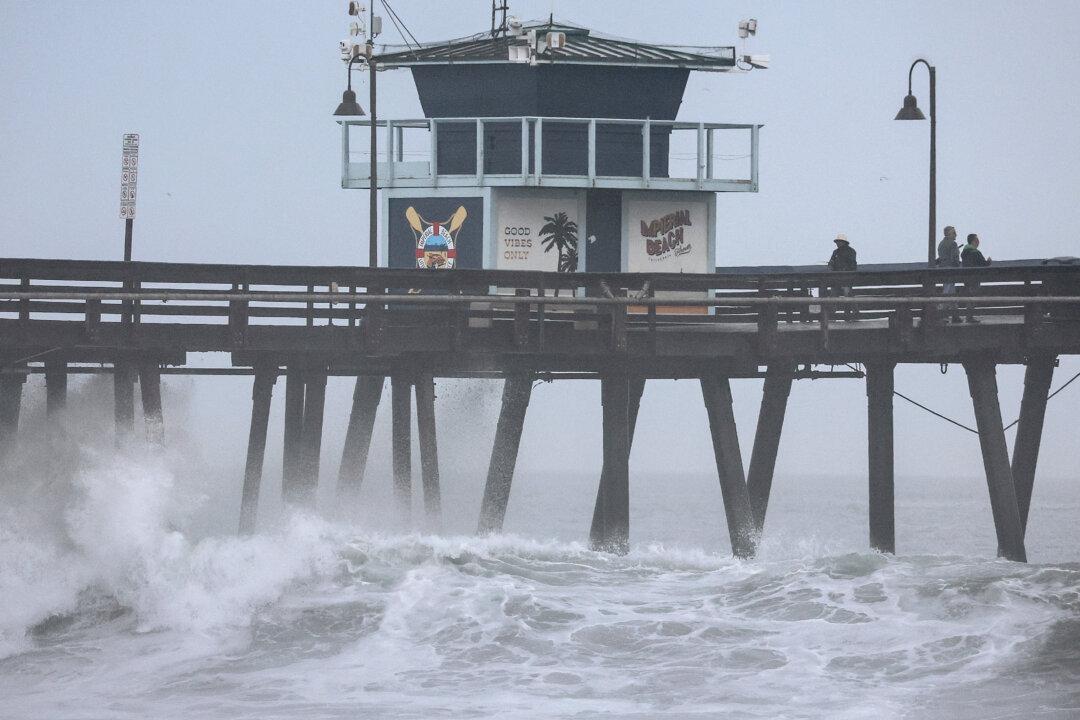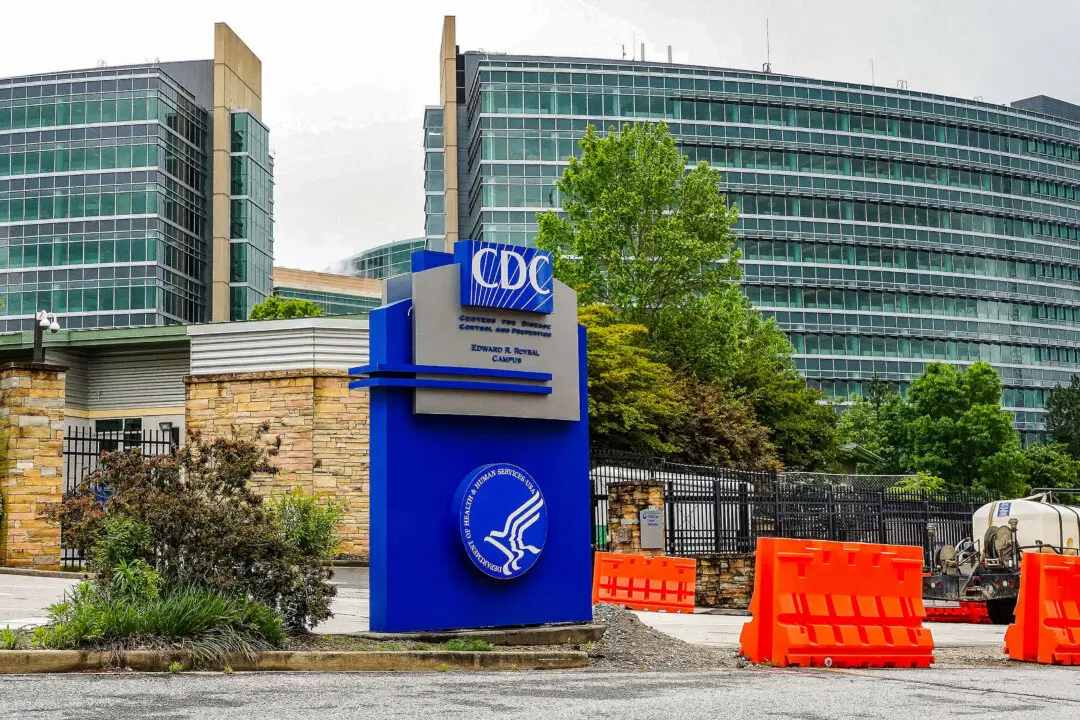Tropical Storm Hilary made landfall on Mexico’s Baja California peninsula Sunday as forecasters said “catastrophic and life-threatening” flooding is likely across a broad region of the southwestern United States.
The National Hurricane Center in Miami said that as of Sunday afternoon, the storm made landfall over the northern Baja California peninsula. Tropical storm warnings were still in effect for a swath of the Southern California coastline.





